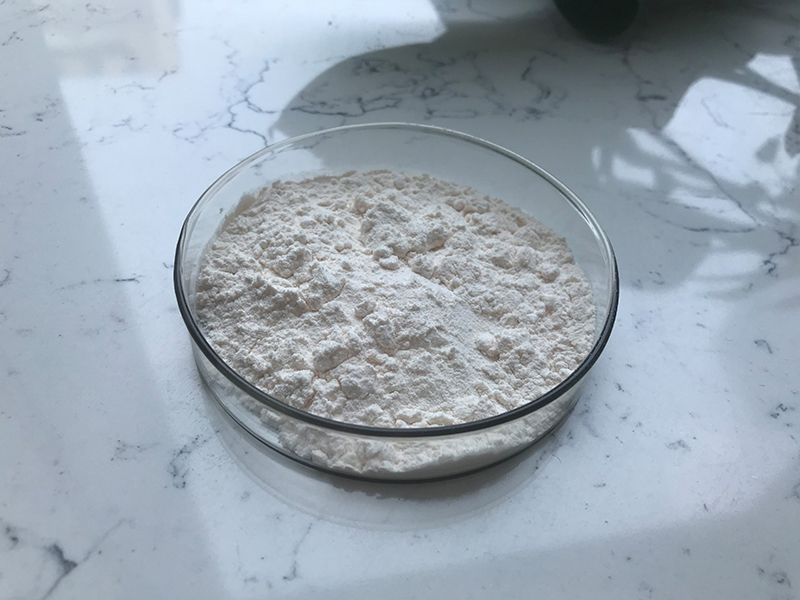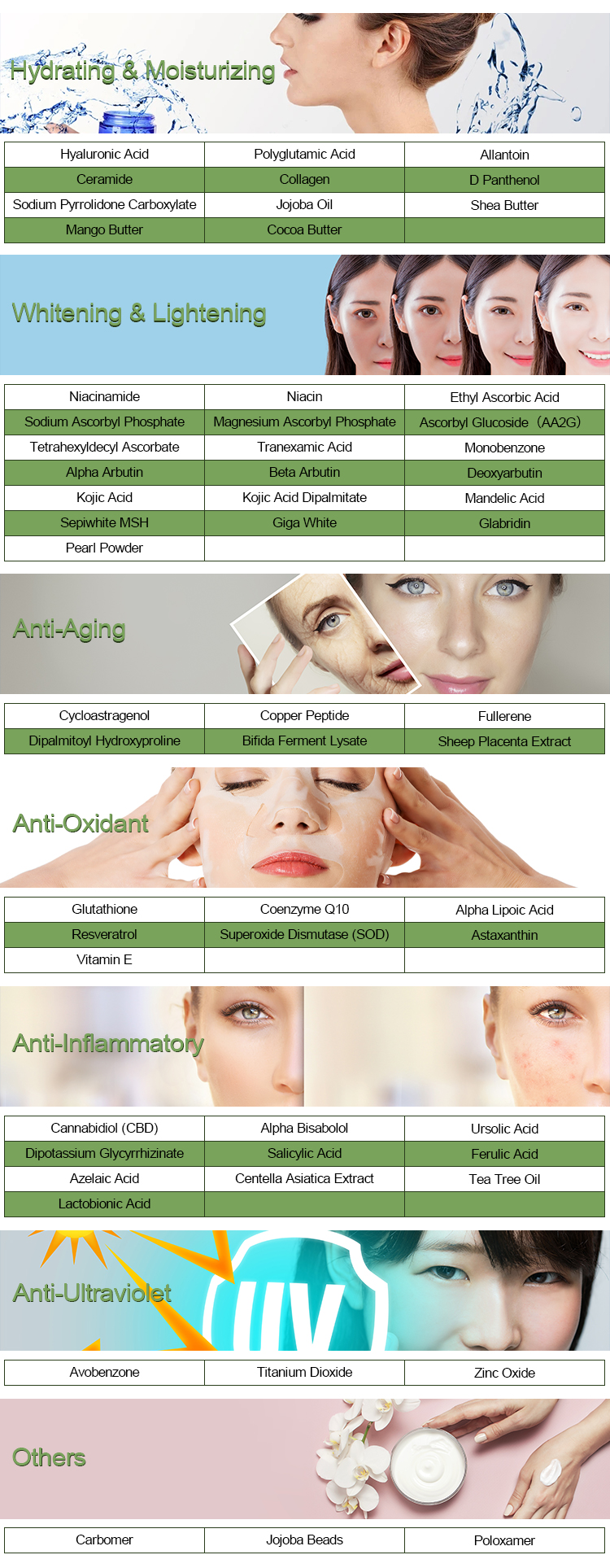The Basics of Azelaic Acid
Azelaic Acid (AzA), despite its erroneous translation to ‘Azalea’ in some regions, bears no connection to the Azalea flower. It is a natural organic acid, akin to fruit acids and salicylic acid, found in grains such as wheat, rye, and barley. Besides its natural presence in these plants, AzA can also be synthesized and secreted by Malassezia fungi present on the skin’s surface. Nowadays, large-scale production of AzA is derived from the ozonolysis of oleic acid.
Due to its antibacterial, anti-inflammatory, keratin-regulating, sebum-suppressing, and abnormal cell proliferation-inhibiting mechanisms, Azelaic Acid can be utilized both as a cosmetic ingredient and as a medicinal product. It is employed in treating various skin conditions like acne, rosacea, and melasma, among others.

Pharmacological Actions
Azelaic Acid exhibits multiple effects that make it beneficial for a variety of skin conditions:
1. Antibacterial Activity: It inhibits protein synthesis in anaerobic bacteria such as Cutibacterium acnes and aerobic bacteria, effectively killing surface and follicular bacteria to eliminate pathogens.
2. Anti-inflammatory Effects: Azelaic Acid can reduce the production of reactive oxygen free radicals, thus exerting anti-inflammatory effects. Furthermore, it can inhibit the inflammatory cascade reactions of cytokines like interleukin-1β (IL-1β), IL-6, and tumor necrosis factor-α (TNF-α).
3. Follicular Keratinization Regulation: Azelaic Acid can diminish the synthesis of filaggrin, a filament-associated protein, preventing excessive follicular keratinization.
4. Sebum Secretion Suppression: Azelaic Acid competitively inhibits 5α-reductase, an enzyme in the sebaceous gland that increases the conversion of testosterone to dihydrotestosterone, a hormone that triggers excessive skin oil secretion.
5. Pigmentation Reduction: Pathological hyperpigmentation is linked to excessive activation and functional abnormalities of melanocytes. Azelaic Acid inhibits the aberrant activity of these melanocytes, thereby reducing pigmentation.
6. Cell Proliferation Inhibition: Azelaic Acid can decrease the tyrosinase activity and melanin synthesis of epidermal melanocytes and melanoma cells, suggesting potential anti-melanoma properties.
Clinical Applications
Azelaic Acid’s unique properties have allowed its successful application in a variety of skin conditions:
1. Rosacea: Azelaic Acid can reduce the expression of serine protease-activating peptide releasing enzymes 5 and antimicrobial peptides, and inhibit UV-induced cytokine release. Clinical studies have shown that 15% AzA gel used twice daily is a safe, effective, and well-tolerated treatment for moderate papulopustular rosacea.
2. Acne: Azelaic Acid‘s antibacterial, anti-inflammatory, and mild exfoliating actions make it a second-line topical treatment for mild to moderate acne. Clinical studies have demonstrated that twice-daily application of 15% Azelaic Acid gel is a safe and effective treatment for acne.
3. Melasma: The 2021 version of the “Chinese Melasma Diagnosis and Treatment Expert Consensus” recommends the external use of 15%-20% Azelaic Acid cream for melasma treatment, especially for simple pigmentary melasma.
4. Other Pigmentary Skin Disorders: Excessive pigmentation can result from a variety of skin conditions, including malignant melanoma, post-inflammatory hyperpigmentation, solar keratosis, and burns. Topical application of Azelaic Acid has been reported to yield satisfactory clinical results in treating pigmentation.

Adverse Effects
The most common adverse reactions are transient, mild skin irritations. About 1%-5% of patients may experience mild stinging, slight burning, itching, and redness, which generally resolve on their own. Azelaic Acid is also weakly exfoliating, making it suitable for sensitive skin. Notably, there have been no reported cases of Cutibacterium acnes developing resistance to Azelaic Acid, making it suitable for long-term use in acne patients. Azelaic Acid is non-toxic, non-teratogenic, non-mutagenic, and can be used by pregnant and lactating women. There are no absolute contraindications for topical formulations in the absence of an allergy to Azelaic Acid.
Conclusion and Supplier Information
In the light of the detailed discussion above, it’s clear that Azelaic Acid is a misunderstood yet highly effective active in skincare. Its multifaceted nature allows it to target a variety of skin issues, making it a valuable inclusion in our skincare routines. For those looking for a reliable source of Azelaic Acid, Lyphar offers a high-quality product that aligns with the standards discussed in this article. Thus, whether it’s for commercial use in cosmetics and medicines, or for personal skincare, Lyphar is a trusted provider of Azelaic Acid.
Source: Lyphar, Supplier of Azelaic Acid
Disclaimer: This website is for informational purposes only. If you have similar health conditions, please consult a local physician for advice.
